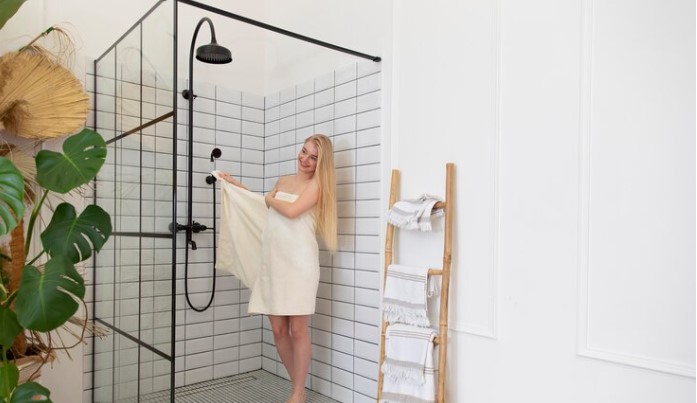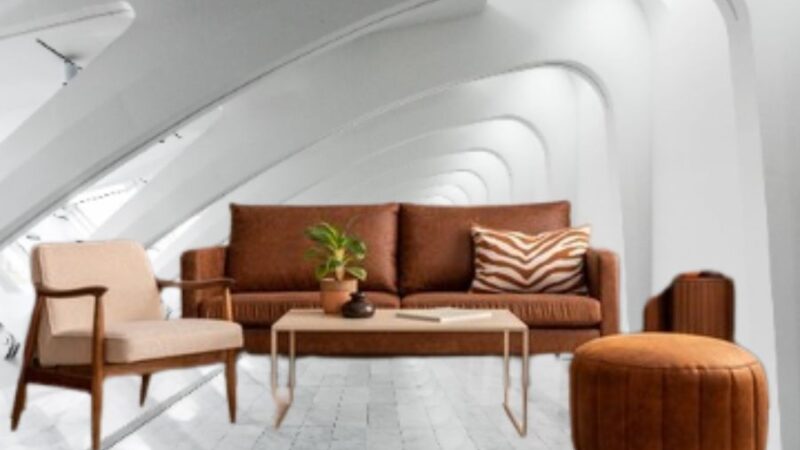5 Trends For Commercial Interior Design in Singapore [Updated 2024]
![5 Trends For Commercial Interior Design in Singapore [Updated 2024]](https://mirroreternally.com/wp-content/uploads/2024/05/Commercial-Interior-Design-in-Singapore.jpg)
Singapore’s commercial interior design landscape is experiencing a transformative shift as businesses adapt to evolving needs and innovative trends. Key factors driving these changes include the integration of nature through biophilic design, the necessity for flexible workspaces, a strong focus on sustainability, the adoption of advanced technology, and the prioritization of ergonomic design.
These trends not only enhance the aesthetic appeal of commercial spaces but also significantly impact employee well-being and productivity. This guide explores the top five trends in commercial interior design Singapore for 2024, providing insights and practical tips for creating modern, efficient, and inspiring work environments.
Top 5 Affordable Commercial Interior Design Singapore
1. Biophilic Design: Bringing Nature Indoors
One of the most transformative trends in commercial interior design in Singapore is the rise of biophilic design. This approach focuses on integrating natural elements into indoor spaces to create a connection between humans and nature. The benefits of biophilic design extend beyond aesthetics, impacting employee well-being and productivity.
Benefits:
- Improved Air Quality: Indoor plants act as natural air purifiers, removing toxins and improving overall air quality.
- Enhanced Mood and Productivity: Exposure to natural elements has been shown to reduce stress, improve mood, and boost cognitive function.
- Aesthetic Appeal: Incorporating greenery and natural materials can create a soothing and visually appealing environment.
Implementation Tips:
- Use of Indoor Plants: Incorporate a variety of indoor plants, such as large potted plants, green walls, and hanging plants. Select low-maintenance species that thrive indoors.
- Maximize Natural Light: Design spaces to maximize natural light using large windows, skylights, and glass partitions. Consider using light shelves and reflective surfaces to distribute light more effectively.
- Incorporate Natural Materials: Utilize materials like wood, stone, and water features. Wood can be used for flooring, furniture, and accents, while stone and water features can be integrated into communal areas.
2. Flexible Workspaces: Adaptability is Key
As the nature of work continues to evolve, so too does the need for flexible workspaces. Modern commercial interior design in Singapore increasingly focuses on creating adaptable environments that cater to various work styles and tasks. Flexible workspaces can enhance collaboration, productivity, and employee satisfaction.
Benefits:
- Enhanced Collaboration: Flexible spaces promote teamwork by providing areas where employees can easily collaborate.
- Increased Efficiency: Employees can choose the workspace that best suits their current task, leading to higher productivity.
- Future-Proofing: Flexible designs can be easily reconfigured to meet changing business needs, making them a smart long-term investment.
Implementation Tips:
- Modular Furniture: Use furniture that can be easily moved and reconfigured, such as modular desks, chairs, and storage units. This allows for quick adjustments to accommodate different activities.
- Diverse Zones: Create distinct zones for various activities, including quiet areas for focused work, collaborative spaces for team meetings, and relaxed areas for informal interactions. Incorporate acoustic panels and partitions to manage noise levels.
- Technology Integration: Ensure all workspaces are equipped with the necessary technology, including high-speed Wi-Fi, power outlets, and video conferencing facilities. Use wireless charging stations and smart boards to enhance functionality.
3. Sustainable Design: Eco-Friendly Choices
Sustainability is no longer just a buzzword; it has become a critical aspect of commercial interior design. In Singapore, where environmental consciousness is growing, sustainable design practices are increasingly being adopted. These practices not only benefit the environment but also contribute to the long-term cost savings and brand image of businesses.
Benefits:
- Reduced Environmental Impact: Sustainable design practices help minimize waste and reduce energy consumption, contributing to a lower carbon footprint.
- Cost Savings: Implementing energy-efficient systems and using sustainable materials can lead to significant savings on utility bills.
- Positive Brand Image: A commitment to sustainability can enhance a company’s reputation and appeal to eco-conscious clients and employees.
Implementation Tips:
- Energy-Efficient Lighting: Use LED lighting and smart lighting systems that adjust based on occupancy and natural light levels. Motion sensors and timers can further optimize energy use.
- Sustainable Materials: Choose materials with a low environmental impact, such as recycled or upcycled furniture, non-toxic paints, and sustainably sourced wood. Look for certifications like FSC (Forest Stewardship Council) for wood products.
- Green Certifications: Aim for certifications like Green Mark or LEED (Leadership in Energy and Environmental Design) to demonstrate your commitment to sustainability. These certifications provide guidelines and standards for sustainable design and construction.
You Can also read about – Two Seater Sofa in Singapore
4. Technology Integration: Smart Workspaces
In an increasingly digital world, integrating technology into commercial interior design is essential. Smart workspaces leverage advanced technologies to enhance functionality, efficiency, and user experience. From automated lighting and climate control to advanced security systems and IoT devices, technology is transforming commercial interiors.
Benefits:
- Enhanced Efficiency: Automated systems can streamline operations, reduce manual tasks, and improve overall efficiency.
- Improved Comfort: Smart climate control and lighting systems can create a more comfortable and productive work environment, adapting to individual preferences and needs.
- Increased Security: Advanced security systems, including biometric access controls and surveillance cameras, help protect both physical and digital assets.
Implementation Tips:
- Smart Lighting: Use motion sensors, programmable lighting systems, and daylight harvesting techniques to optimize energy use and enhance comfort. Integrate smart controls that allow for easy adjustments based on occupancy and natural light levels.
- IoT Devices: Incorporate Internet of Things (IoT) devices for seamless connectivity and automation of various functions. Use smart thermostats, occupancy sensors, and automated blinds to enhance energy efficiency and comfort.
- Advanced Security: Implement comprehensive security systems with biometric access controls, surveillance cameras, and robust cybersecurity measures to protect sensitive information and assets.
5. Ergonomic Design: Prioritizing Employee Well-being
Ergonomics is a critical aspect of commercial interior design that focuses on creating comfortable and efficient work environments. An ergonomic workspace is designed to support the physical well-being of employees, reducing the risk of injury and enhancing productivity.
Benefits:
- Reduced Health Risks: Ergonomic furniture and equipment help prevent musculoskeletal disorders and other work-related injuries, promoting long-term health.
- Increased Comfort: Employees are more comfortable and productive when their workspace supports their physical needs. Proper ergonomics can reduce fatigue and discomfort.
- Enhanced Productivity: A comfortable and well-designed workspace can lead to higher levels of employee satisfaction and performance, ultimately benefiting the business.
Implementation Tips:
- Ergonomic Furniture: Invest in adjustable chairs, desks, and monitor stands to support proper posture and reduce strain. Look for features like lumbar support, adjustable armrests, and sit-stand options.
- Workspace Layout: Design the layout to minimize unnecessary movement and ensure easy access to essential tools and equipment. Arrange workstations to promote natural movement and reduce repetitive strain.
- Employee Training: Educate employees on the importance of ergonomics and encourage them to adjust their workstations to fit their needs. Provide resources and guidelines for setting up an ergonomic workspace.
Final Words
The commercial interior design in Singapore is continuously evolving, driven by the need for functionality, sustainability, and innovation. By embracing trends such as biophilic design, flexible workspaces, sustainable practices, technology integration, and ergonomic design, businesses can create inspiring and efficient work environments that cater to the diverse needs of their employees.Whether you are planning a renovation or designing a new space, staying updated on these trends will ensure that your commercial interior design in Singapore remains relevant and impactful. Partnering with a reputable commercial renovation contractor Singapore can help you navigate these trends and bring your vision to life, creating a workspace that is not only aesthetically pleasing but also functional and future-proof.

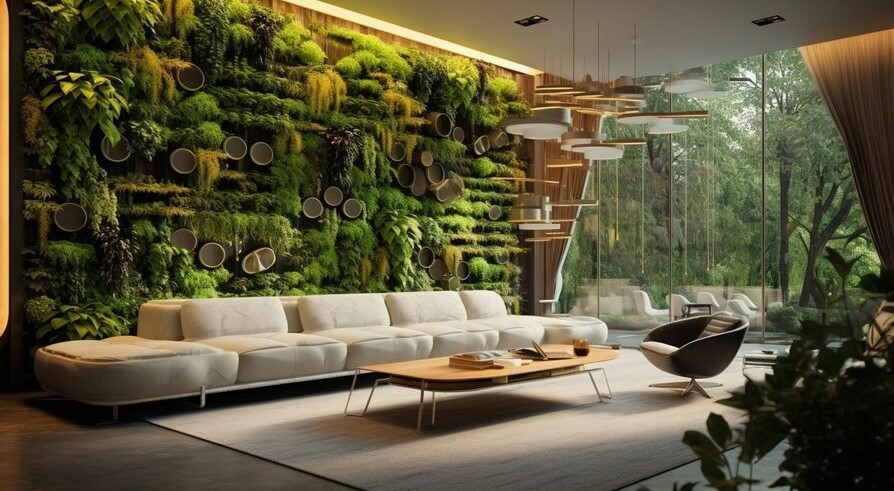
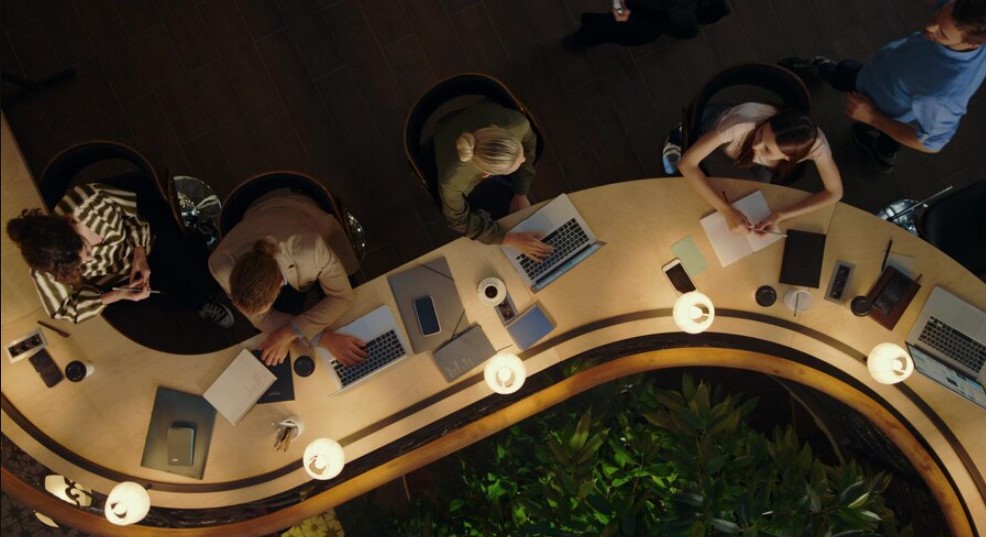
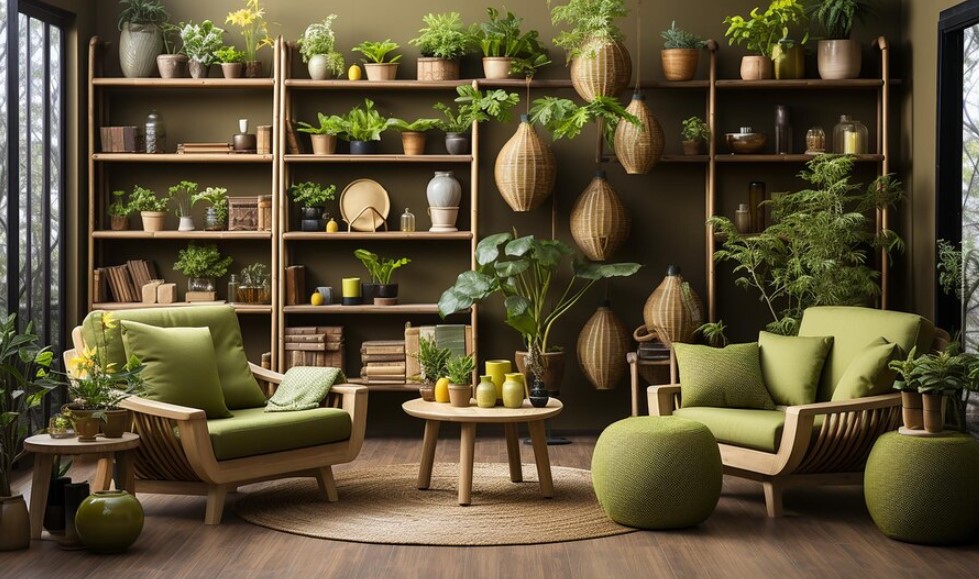
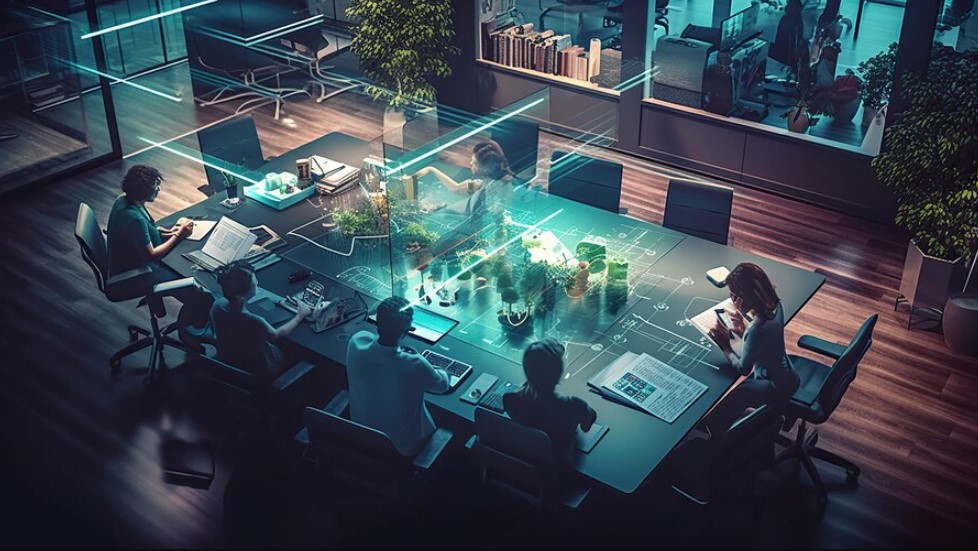
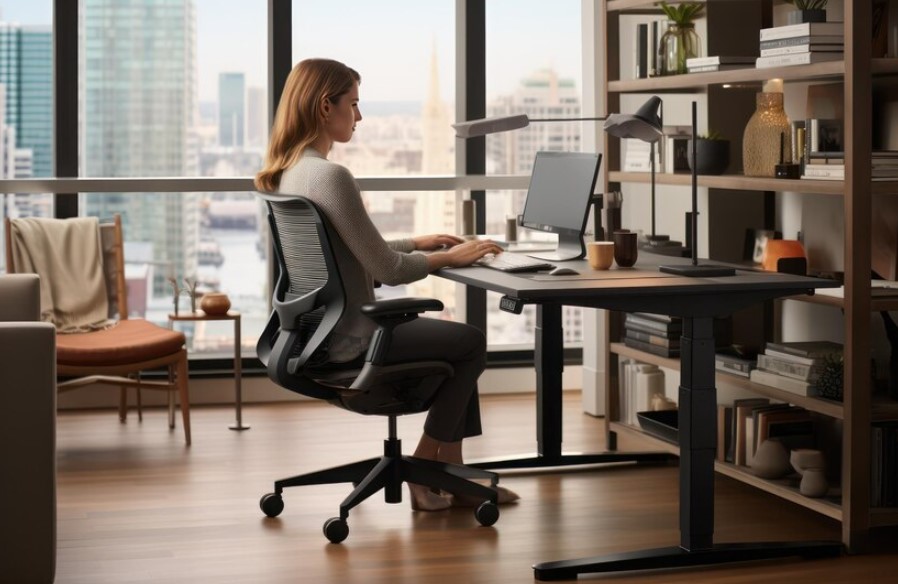

![Top 10 Architecture Firms in Singapore [Updated 2024]](https://mirroreternally.com/wp-content/uploads/2024/05/Top-10-Architecture-Firms-in-Singapore-800x450.jpg)
